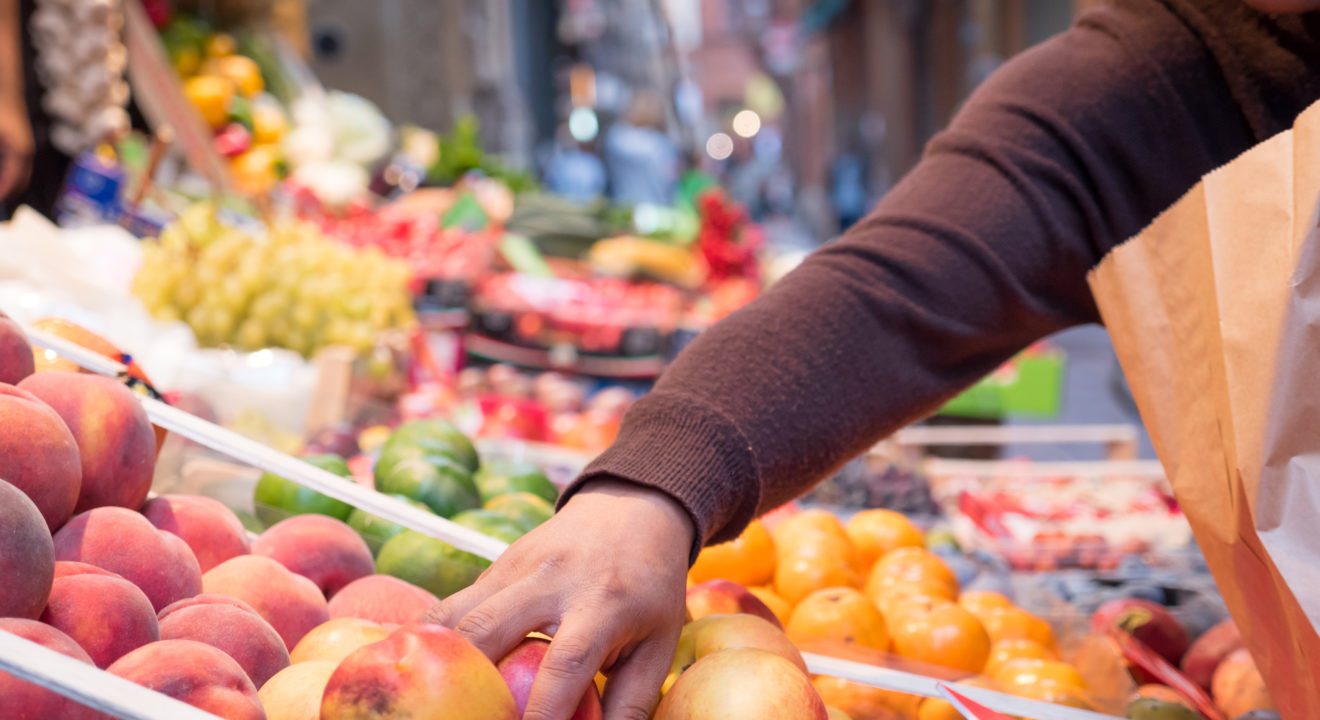Culture August 5, 2016


Would you rather have blueberries from Chile or blueberries from a farm in a town close to you? What if the blueberries from Chile were bigger? Hopefully, you would still choose the berries from the next town over. According to World Watch, an accepted – but not widely known – definition of local food is food from within 100 miles of your location. But what’s the incentive to buy local?
The obvious reason is that the food is fresher. If it doesn’t have to travel as far, it will probably look and taste better (but there are always exceptions, such as the Chilean blueberries). Also, if food hasn’t traveled as far, it has gone fewer “food miles,” meaning that less fuel on transportation was used and fewer emissions were released, which benefits the environment and helps the world. Local food also may not have as much packaging as processed food does.
In a study done by an associate director of Sustainable Agriculture at Iowa State University, it was found that “the conventional food distribution system used 4 to 17 times more fuel and emitted 5 to 17 times more CO2 than the local and regional (the latter of which roughly meant Iowa-wide) systems.”
However, just because it is local food does not necessarily mean it has been sustainably grown. According to Sustainable Table, sometimes “local” and “green” labels are lumped together on the packaging when really those labels are very different. If you are concerned with the environmental impact of the food you’re eating, you should ask someone from the farm about their specific process. That being said, if you’re getting local food from a small farm, the amount of pollution and waste that the farm produces is automatically far less than that of a large-scale factory farm.
Big food processing facilities also increase the probability of diseases and often shirk regulations. Massive amounts of food being handled in one centralized location increases the risk of an outbreak because more people over a greater distance are eating the same food. The “consolidation” of farms in the U.S. is only increasing. The size of farms is increasing, while the number of farms is decreasing. In 2011, there were 2,200,00 farms recorded in a census, while in 1959 there were 4,105,000 farms.
Another reason to buy local food is to support local farmers and protest the current industrialized agricultural system. By buying locally grown produce, you know where your food is coming from, you know how it’s being grown, and maybe you even know the farmers selling it to you. There is great trust and safety involved in a close relationship with a farmer since they directly interact with the people they sell their produce to. Often, as small businesses, they strive to provide the best for their customers.
Buying locally is healthier, tastes better, is safer, looks trendy on Instagram and benefits the environment and your community. So this weekend, make that trip to the farmer’s market for your food and see what your local community has to offer. It’s worth it.